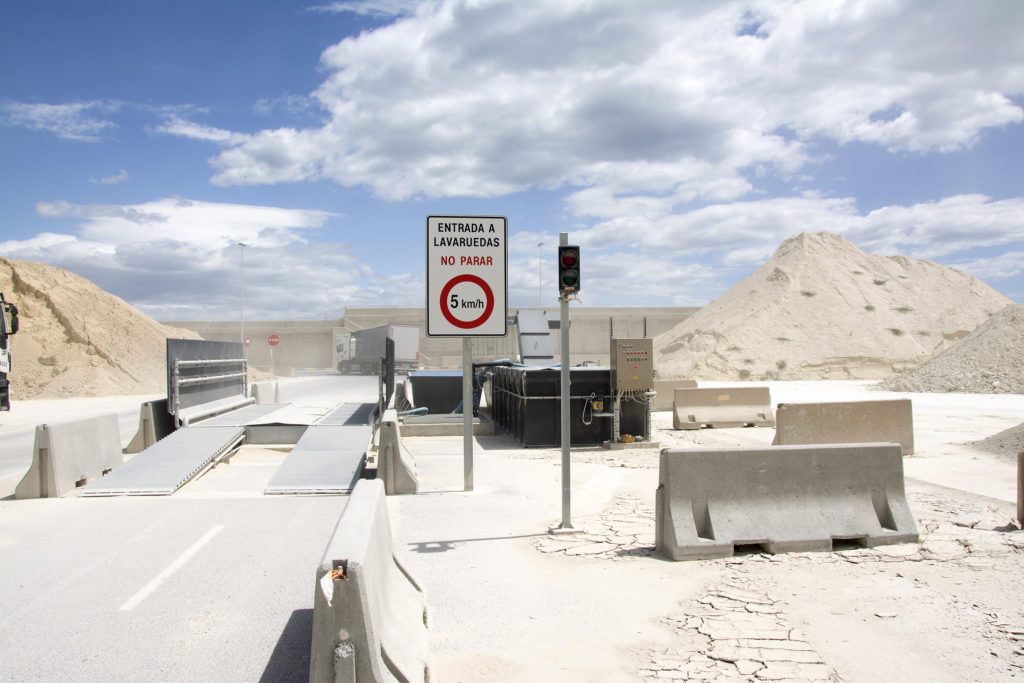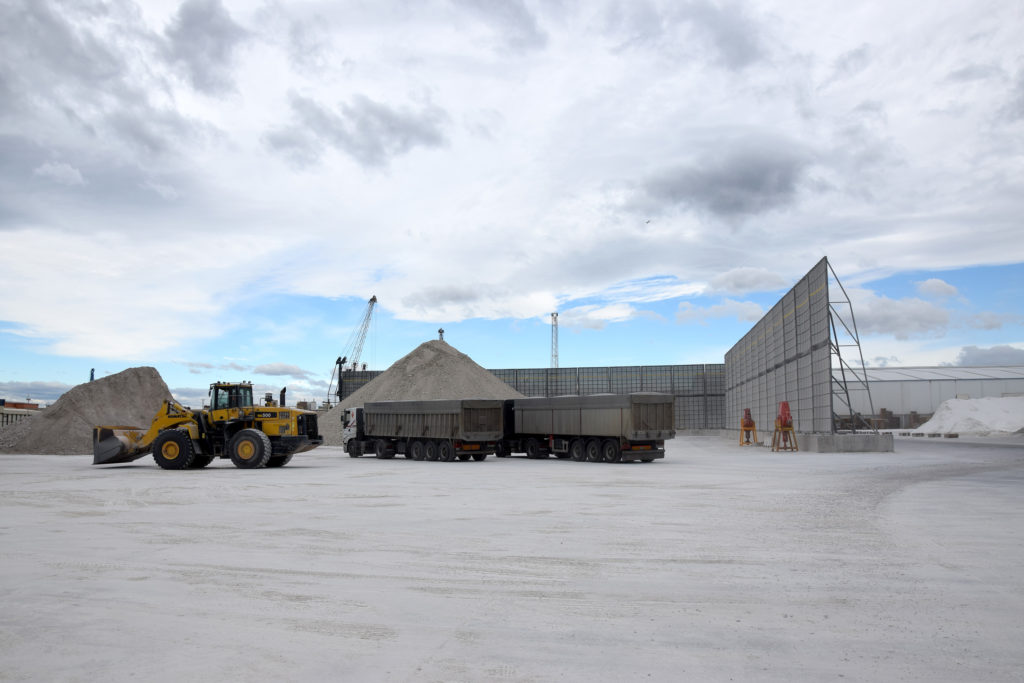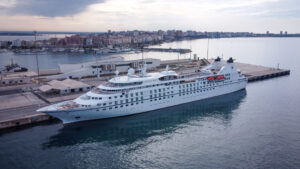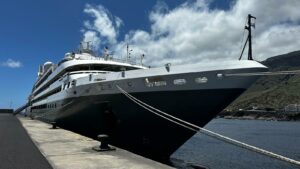Sustainability marks the roadmap of PortCastelló and a great reflection of this will be the new Strategic Plan 2021-2024 where it is committed to a philosophy of sustainable and blue growth. With strategic lines that will include the blue transition to connect us to the world through the promotion of private investment and innovation and technological transformation of the sector.
Technology plays a fundamental role as a catalyst for the transformations necessary for a firm commitment to digitization, decarbonization and resilience as a lever for recovery. During the year 2020 and the situation derived from COVID-19, its importance for economic stability has been highlighted and the Port Authority of Castellón has a firm commitment to continue working for a port of the future, an efficient, safe, sustainable and centered on people and the environment for decision making.
ACTIONS
The Port Authority of Castellón continues to implement different actions to promote sustainability in the organization and also among the different agents of the port, examples of which are:
- We encourage sustainability aspects in all specifications, both for new concessions, as well as for services, supplies or works, with specific clauses.
- We have Environmental Agreements signed with concessionaires giving incentives with 15% or 20% of their activity rate, if they meet certain environmental specifications, in addition to requiring that, at least, 30% of said subsidy be reinvested in environmental issues in Next year. In 2020, for example, these subsidies amounted to more than € 500,000 among all the concessionaires under these agreements with investments of more than € 8M.
- We have integrated the 5 particle collectors that we have distributed around the perimeter of the port enclosure in the GVA’s Environmental Quality Surveillance Network, with continuous measurements and whose data can be consulted online at any time.
- In addition, an Agreement has been signed between the APC and GVA in which PM10 and PM2.5 limits lower than what is required by current legislation have been agreed upon.
- As a complement to said Agreement, our Board of Directors approved a Code of Good Environmental Practices so that all users who handle merchandise in the Port of Castellón can benefit from it, with the main objective of contributing to the improvement of the air quality of our closest citizens.
- Dust trapping screens have also been installed in those docks where solid bulk is handled to avoid possible contamination to the population.
- We have reduced our carbon footprint for 3 consecutive years, and for this reason we have just received the REDUZCO seal.
- The number of closed warehouses in the port has increased for those more dusty goods, such as the new TMG and Noatum terminals that are going to be built shortly at the Muelle de la Cerámica, the dock where most of the goods are operated. of raw material for the ceramic sector, such as clays and feldspars.
- We have carried out studies for the implementation of alternative renewable energies such as photovoltaic energy for self-consumption, or the electrification of docks to prevent docked ships from having their engines on, and thus contribute to reducing our carbon footprint, in addition to reducing noise pollution.
PortCastelló is committed to the Sustainable Development Goals as an engine of change towards a port with a future, a sustainable port. It is committed to a commitment to growth that meets current needs without compromising the capacity of future generations. And for this, it is essential to continue working hand in hand with our port community to generate new synergies and opportunities for change and improvement.
At PortCastelló we have opted in our new Strategic Plan for the BLUE GROWTH strategy, identifying different strategic projects, such as:
- To integrate PortCastelló into the Blue Ports Network, that is, to conceive the Port as a hub for sustainable development in activities related to the blue economy.
- Creation of a communication and work structure with the port ecosystem to jointly determine challenges / challenges and search for innovative solutions.
- Projects related to blue energy, or to new sectors such as ship construction and repair.
- Alignment with the SDGs.
Sustainability, in short, is an opportunity that allows us to optimize / minimize our risks and manage the port in a comprehensive way from the triple environmental, economic and social perspective.






